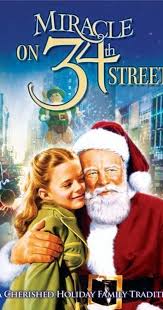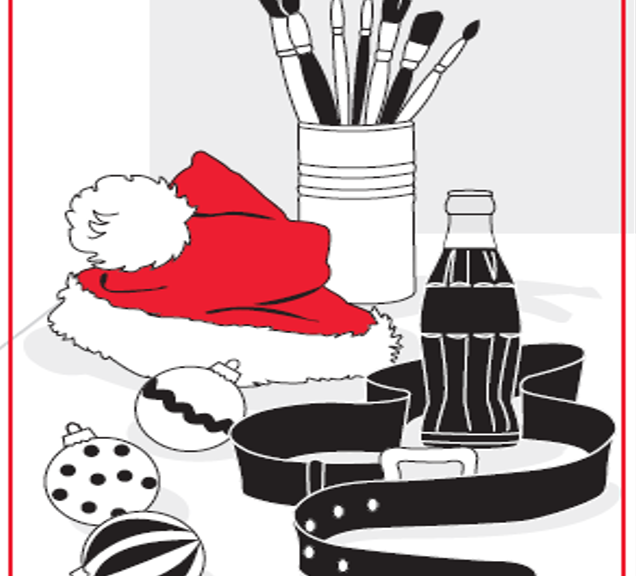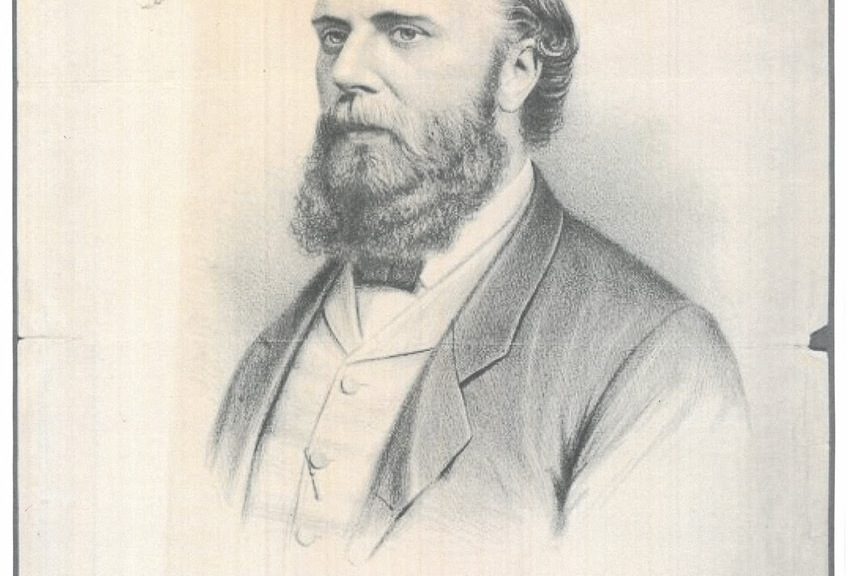Santa’s longest running gig?
Everyone who has seen the original version of Miracle on 34th Street knows that the real Santa Claus works for Macy’s.
However, perhaps surprisingly, Macy’s wasn’t the very first store to hire someone to pose as St. Nicholas. That honour goes to Philadelphia store-owner J.W. Parkinson, who hired someone to pose as St. Nick and had him climbing his chimney as a publicity stunt.
Rowland H. Macy wasn’t too far behind. In 1862, he borrowed the notion of the gift-giving gnome known around New York as “Sinterklaas” (from the Dutch “Sint Nicolaas”), used the Anglicised name and had him impersonated by a welcoming, friendly man dressed in a nice, clean cloak.
Parkinson’s store is long gone, so Macy’s is Santa’s longest-running gig, going steady for over 150 years.
By the 1870s “Macy’s has postcards showing Santa … In one, Santa is coming down the chimney wearing a red suit without fur and carrying a white bag with the Macy’s star on it,” says Bob Rutan, director of event operations at the store from 1999-2008.
Nowadays Macy’s Santa is not only in the store, but leads the famous New York Thanksgiving parade, which first took place in 1924 and features in Miracle on 34th Street. 
Ensuring that this iconic figure always looks his best has now become a major task at Macy’s.
Macy’s uses two versions of the suit, both based on a 7/8 coat worn over matching pants cut extra-roomy and firmly attached by means of a bib front and sturdy straps – a modification made a few decades ago when a little girl tugging on Santa’s pants tugged them off on national television.
His ‘everyday’ suit, on which up to a quarter of a million children have sat, is a fake fur-trimmed wool twill that weighs around 18 pounds.
On Parade Day and on Christmas Eve, when he comes prepared to ‘fly’ out of the store at the stroke of 6pm, Santa wears what is known as the ‘flight suit’. It’s trimmed with real rabbit fur, comes with a coordinated quilted cotton greatcoat and weighs about 40 pounds. 
All this means that Santa could get a bit sweaty, and no-one wants that, so Santaland got its own air conditioning system in 1998 and, every time Santa takes a break, he changes the white shirt he wears under his suit jacket. The suit itself lasts only a couple of days at most before being sent off for dry-cleaning.
The attention to detail and safety of everyone are concerns too. Santa changes gloves constantly. “We try to stop the germs spreading from one kid to another. The same parent who pulls a kid out of school for no reason, thinks nothing of sending a kid with a 103-degree fever to see Santa,” Rutan says. “We use the same type of white gloves they use for the West Point cadets: They’re flexible, sturdy, and stand up to lots of washing.”
 And without wanting to destroy the myth, Macy’s Santa has the magical ability to appear simultaneously at up to six different workshops inside the New York Santaland alone, and to remain supernaturally spotless; he relies on 30 identical everyday suits and four flight suits.
And without wanting to destroy the myth, Macy’s Santa has the magical ability to appear simultaneously at up to six different workshops inside the New York Santaland alone, and to remain supernaturally spotless; he relies on 30 identical everyday suits and four flight suits.
The last major revamp of Santa’s costume came in the late 1970s when Macy’s then vice president and director of special productions, Jean McFaddin, updated Santa to look not more modern but actually to look more old-fashioned. “People relish the tradition,” says Rutan
Footnote : if you’ve only seen the 1994 remake of Miracle on 34th Street you may be a little confused but Macy’s declined any involvement with this remake, so the fictitious ‘Cole’s’ was used as its replacement. Gimbels, the original rival store, had gone out of business in 1987 so it was replaced by the fictional ‘Shopper’s Express’.



 He went on to write two other books “The Perfumed Almanac, Recollections of the Paris Exhibition of 1867”, and what became a Victorian best-seller, “Scented Valentines”.
He went on to write two other books “The Perfumed Almanac, Recollections of the Paris Exhibition of 1867”, and what became a Victorian best-seller, “Scented Valentines”.

